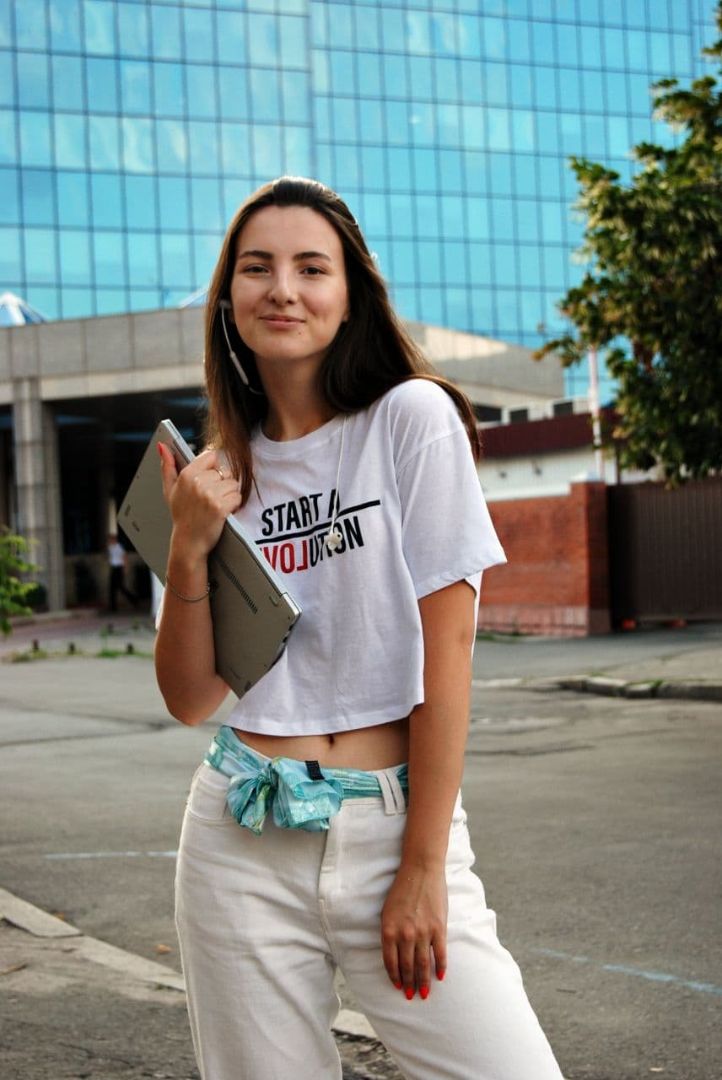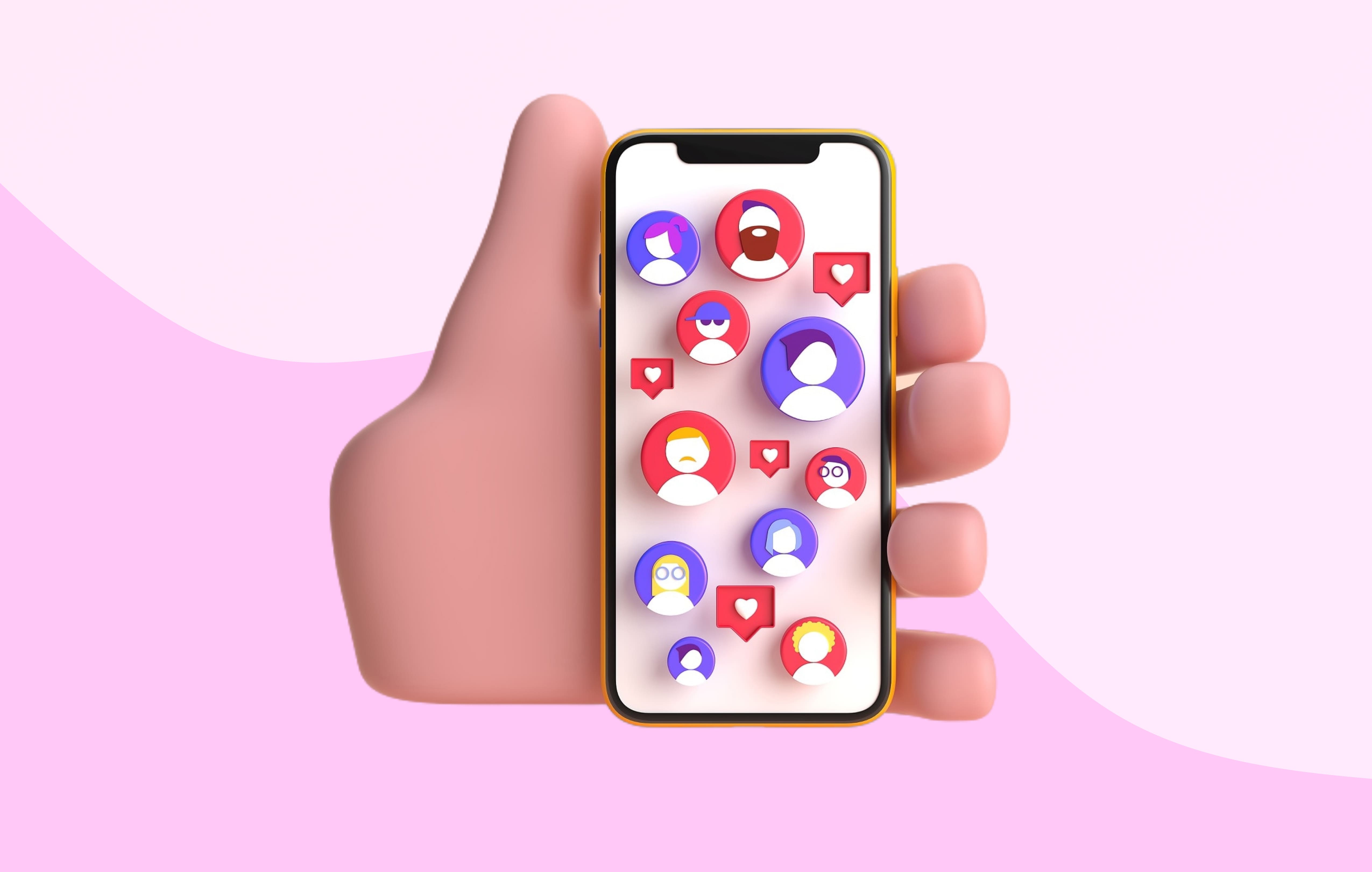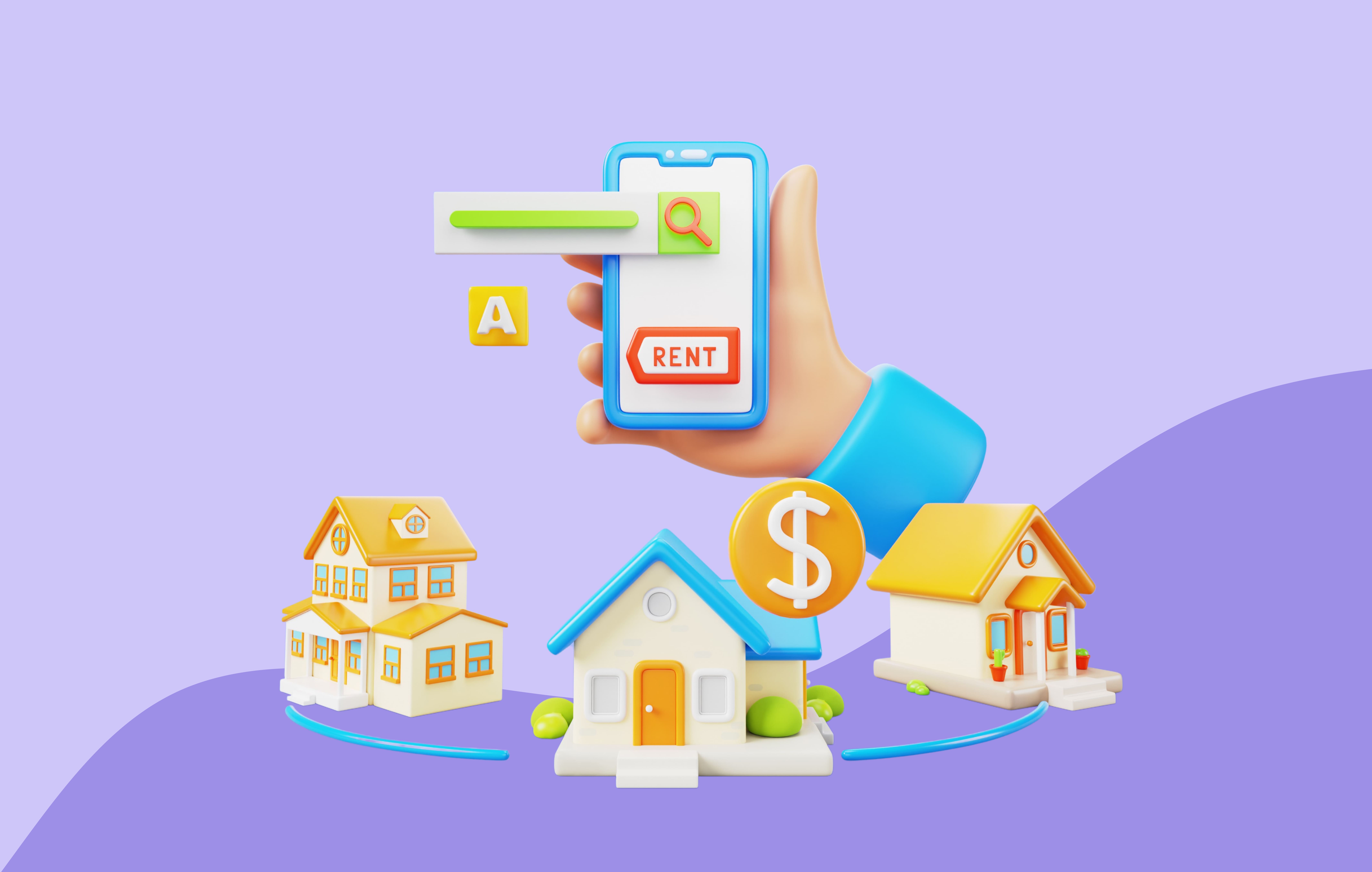Understanding the Role of Social Media Impressions in Your Online Presence

How many users see your content, or how many times one user sees it? What are these indicators, and what does matter most for your social media strategy and business?
93.79% of businesses employ social media to increase their brand awareness and sales. To differentiate, it’s vital to acknowledge and manage social media marketing metrics.
This article breaks down the social media impressions meaning with clear examples. You’ll learn what are social media impressions, how they’re counted, and how to distinguish between impressions, reach, and engagement. We’ll cover why they’re so crucial to your online presence and practical ways to track and measure impressions using analytics tools. We’ll also look at how popular platforms count impressions and provide strategies to increase your visibility.
Let’s dive in.
What are social media impressions?
Social media impressions count every time the content appears on someone’s screen. Impressions social media help track your brand's visibility, providing insight into how often your posts are visible to audiences.
Definition of impressions
What does “impressions” mean in the social media world? Here’s a quick impressions definition social media: impressions represent the frequency with which your content appears on screens. So, if a Facebook ad for your new product appears 1,000 times, it’s 1,000 impressions.
The crucial point is that the same user can see your content multiple times, meaning they contribute more than one impression.
Difference between impressions, reach, and engagement
Let’s break down the social impressions meaning. Impressions track how often content is displayed. Reach tells you how many unique users saw your post. Engagement measures user interaction – likes, comments, shares.
Here’s an example: Your new ad gets 10,000 impressions, reaches 8,000 unique users, and has 500 engagements. That means 8,000 people saw it, and some viewed it multiple times! But “engagement” is the most meaningful, showing real interest.
So, does one user mean one impression? Not always! If a single user sees your content five times, that’s five impressions but only one unique reach. And if the viewer likes, comments, or shares your post, that’s an engagement – showing real interest beyond just seeing it.
Why impressions matter for visibility and awareness
If answering what are social media impressions for your business’ thriving and reputation - it’s a great part of your visibility strategy. Shortly - it is its direct efficiency indicator. If your restaurant’s new menu gets 5,000 impressions on Facebook, even if only a fraction of those impressions turn into clicks or visits, your restaurant’s name and offerings become more familiar.
Overall, social media impressions definition lies in visibility. Impressions on social media build awareness, and with the right strategy, impressions turn casual viewers into curious visitors or buyers!
Read also: How Social Media Plays a Role in Reputation Management
How impressions impact your online presence
So, what are social media impressions really doing here? They’re planting seeds. Each impression stacks up, creating recognition. The next time the user scrolls by, they might finally stop, maybe even click. That’s when impressions translate into curiosity and, soon enough, curiosity into engagement. Social media impressions meaning, then, goes beyond just numbers. Social media impressions are the groundwork, slowly and steadily building the framework of your brand’s presence.
For instance, a digital marketing agency promotes a client’s launch campaign. They know social media impressions matter. Their campaign racks up 50,000 impressions in the first week. They use this high visibility to build momentum, gradually introducing users to a new product. And it’s working! People might not click on the ad the first time, but with every view, the product becomes more familiar. Soon, curiosity, familiarity, and the increasing buzz around the product kick in.
Key factors that influence impressions
To maximize social media impressions, you need to understand what influences them. How to make social media impressions work for you? Here are the main factors affecting the frequency of impressions social media in users' feeds, from what you post to when you hit publish:
Content quality and relevance
High-quality and relevant content is a necessity. Would you stay tuned into a blurry video or a post with a mediocre design or unclear call? Social media impressions hinge on how well your content connects with your audience.
For instance, if a marketing agency tests two posts - one with generic branding and the other offering quick, actionable social media tips accompanied by a visually engaging design, the results would be telling. The tip post would generate more impressions and double engagement. Why?
77% of marketers agree that interactive content generates multiple exposures and return visits
88% of customers report that interactive and useful content keeps them interested and makes them stay longer
Engagement with interactive content is 52.6% higher than with static content
Click through rate (CTR) is 40-60% in the case of interactive content, compared to the generic’s 5-15%
Creativity, quality, effort, and interaction win!
Platform algorithms
Every platform has unique algorithms that determine who sees what. These algorithms track user behavior, engagement, and relevancy to decide when and how often your post appears. Let’s delve into how the most popular platforms count impressions in social media.
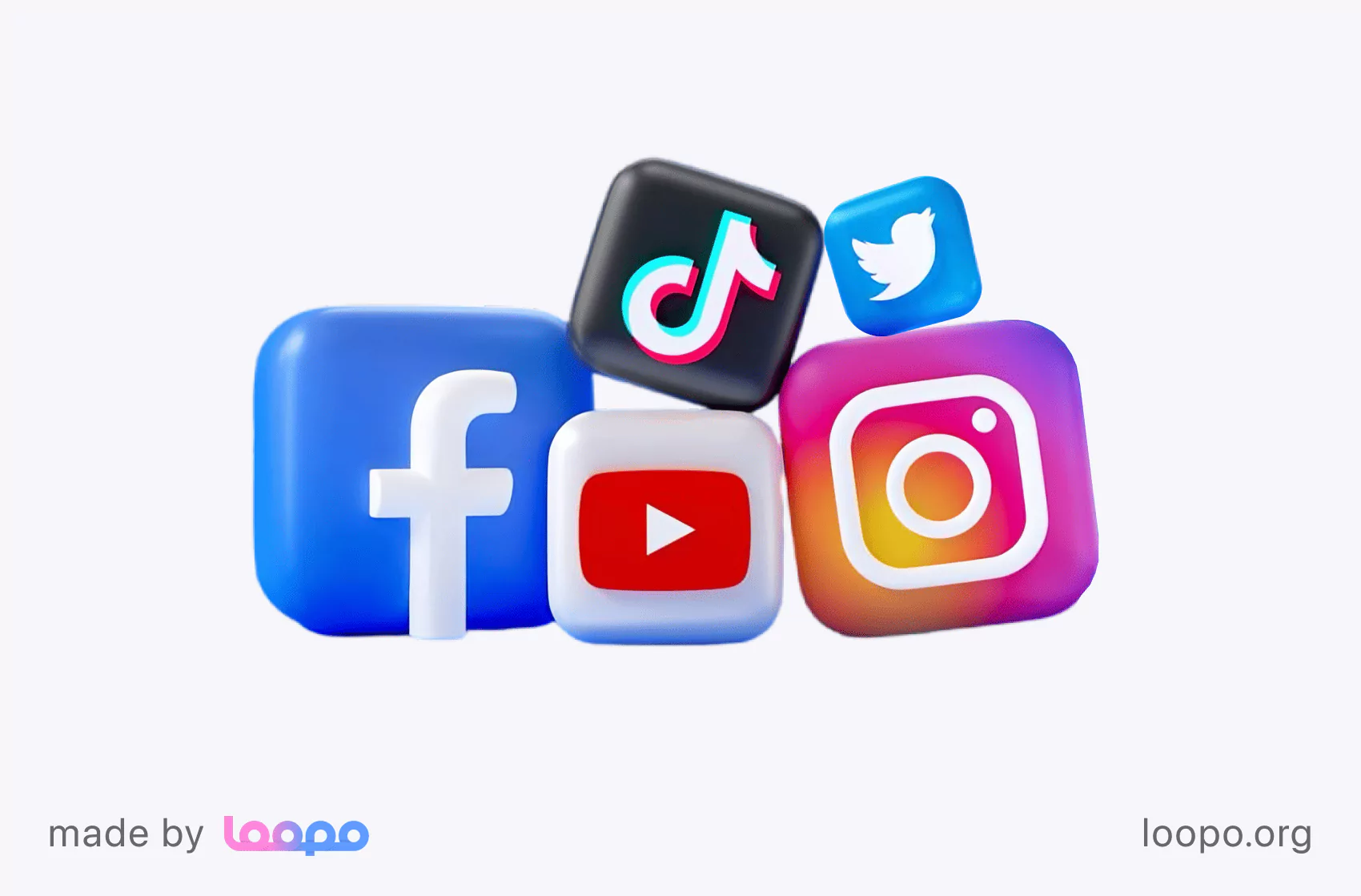
On Facebook, an impression is counted each time a post appears on a user’s screen, regardless of whether the user scrolls past or engages with it. For a video, an impression is only counted if it plays for at least three seconds.
Additionally, Facebook groups impressions into three types:
Organic: From unpaid content seen by followers and others.
Paid: From boosted posts and ads
Viral: From shares or reactions that expose the post to new viewers.
Facebook also “deduplicates” daily views, meaning multiple views from the same user on a given day count only once. This approach emphasizes both visibility and engagement, highlighting content that catches user attention through shares and paid reach.
For instance, a brand publishes a post organically and boosts it for wider reach. The post achieves 5,000 organic impressions, but after boosting, it reaches an additional 15,000 paid impressions. It also receives 2,000 viral impressions from shares, resulting in a total of 22,000 impressions.
Instagram impressions work similarly but focus heavily on engagement-driven reach. Unlike Facebook, which aggregates different types of impressions, Instagram relies more on organic engagement metrics. The platform’s algorithms prioritize posts that have higher engagement rates, giving those posts more prominent placements in user feeds and thus increasing their impressions.
For example, an influencer posts a carousel of travel photos that gains 12,000 impressions. The post has an impressive 20% engagement rate, which promotes it within followers’ feeds and leads to an additional 5,000 impressions.
TikTok
TikTok impressions are recorded every time a video appears in a user’s feed, typically on the For You Page. Unlike platforms that emphasize unique views, TikTok records every exposure of a video, meaning that repeated views from the same user add to the total impression count.
TikTok’s heavy reliance on its unique algorithm means impressions are strongly influenced by the video’s engagement level, which affects how widely it is shown. Such repeated exposure on this platform significantly boosts the potential brand recall.
To illustrate, a brand creates a short, catchy video that receives 50,000 impressions as it circulates on the For You Page. Since TikTok users often re-watch videos, this video’s total impressions include multiple views by the same users and gain 100,000 if each user watches it at least twice.
X (ex Twitter)
On X, an impression counts each time a tweet appears in a user’s timeline or search results. This includes not only primary tweets but also retweets, replies, and quote tweets. Importantly, X does not track unique views—so repeated views by the same user keep adding to the impression count. This approach emphasizes total visibility over unique reach.
X’s method aligns with its focus on real-time interaction. Impressions often fluctuate based on recent engagements, trending topics, and visibility through shares.
Namely, a tweet about a trending topic gets 10,000 impressions initially. After being retweeted by a popular account, the tweet garners an additional 30,000 impressions. Since users see the tweet repeatedly through retweets, each appearance adds to the impression count. X’s real-time focus on reach increases visibility through shares.
YouTube
YouTube impressions are strongly distinct because they focus on thumbnails. An impression is counted when at least 50% of a video’s thumbnail appears on screen for at least one second. This counting method emphasizes the video’s initial appearance on screen, not the length of viewing.
YouTube also tracks impression click-through rates. It shows how often users click on a thumbnail after it appears. Creators can assess the appeal of thumbnails and titles, which is critical in capturing attention on a video-driven platform.
In particular, if a tech reviewer’s video thumbnail gains 100,000 impressions as it appears across YouTube recommendations and search results, the video achieves a 6% CTR. Meaning, 6,000 viewers clicked to watch.
Target audience behaviors
Different audiences interact with content in their own ways, and knowing these patterns is gold. Here are three dominant age groups with insights into their unique patterns and preferences that can enhance targeted marketing efforts:
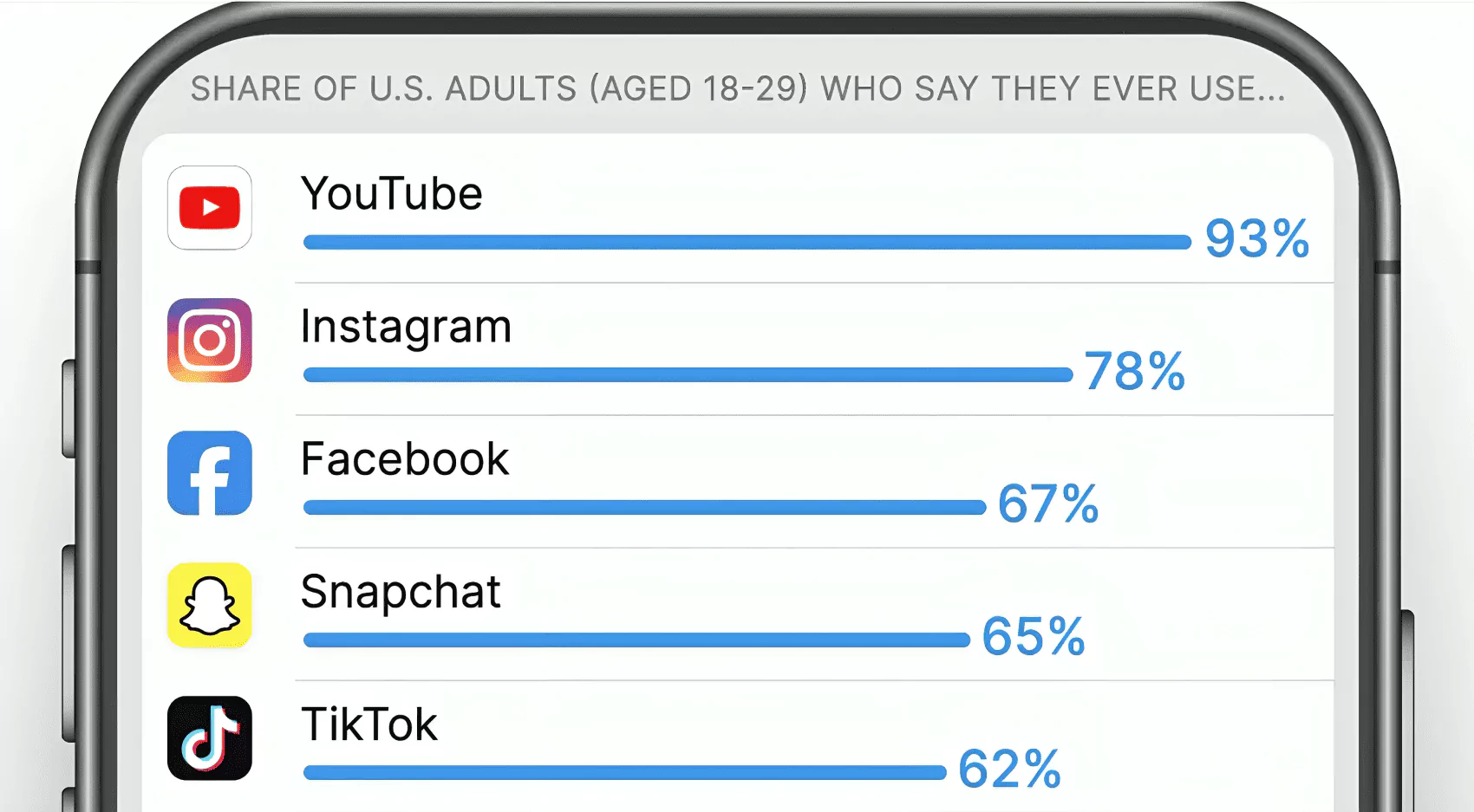
Gen Z: Gen X audience could favor Facebook in the afternoons. This age group is highly active on Instagram, TikTok, and Snapchat, with 93% of Gen Z favoring video and visual-heavy platforms like YouTube as well. TikTok and Instagram stories are particularly popular, catering to their preference for short, dynamic content.
Millennials: If you’re marketing to millennials, they might engage heavily on Instagram in the evenings. While Facebook remains popular with about 87% of millennials, many are also engaged on Instagram and LinkedIn.
Almost 40% of millennials use LinkedIn for professional networking, and they follow experts and influencers who align with their interests. (The other 60% most likely refer to the Gen Z category in the realm of interests and priorities in life and are less solvent). This group values community interaction and connection, seeking both informational and relatable content.
Brands targeting millennials should consider creating community-driven content and providing valuable information that resonates with their interests in personal and career growth.
Gen X: These users are predominantly on Facebook (76%), followed by YouTube (70%) , Instagram (47%), and LinkedIn (40%).
Gen X values authenticity and is highly influenced by trustworthiness in brand messaging. This generation is known for its higher purchasing power and a strong interest in social media commerce, particularly product research.
Brands targeting Gen Z representatives should reference trustworthy, informative content. Featuring testimonials, real customer stories, and informative content on products or services performs well with this group.
Post timing and frequency
Apart from the importance of considering your target audience’s online activity, there are general rules of when the post can get a better reach. Let's take a look at three of the most popular social networks as an example:
Facebook: For the best engagement on Facebook, posting between 9 AM and 10 AM on weekdays is most effective, with Friday showing peak interactions. Generally, brands post around 1-2 times per day to maintain visibility without overwhelming audiences.
Instagram: Mid-morning posts tend to perform well because users are active during breaks. Brands are encouraged to post 2 times per day to keep followers especially engaged, balancing quality visuals with consistency. Fridays are particularly favorable for higher interaction rates due to the people’s desire to distract from work, while Sundays generally see the lowest engagement.
TikTok: TikTok’s dynamic algorithm rewards posts during high-traffic times, with weekday afternoons (4-6 PM) on Tuesdays and Fridays showing peak engagement as users wind down from the day. Morning slots from 9-11 AM on Wednesdays and Thursdays can also drive solid engagement, tapping into early-day browsing.
By tuning your post times to match when audiences are most active, you’re setting your content up for success! These suggested times and frequencies offer a strong start, but don’t be afraid to experiment. Try different days and hours, then track the results—it’s all about finding that sweet spot where your audience is ready to connect.
Read also: Content Strategy Framework that Works: Main Steps to Create
How to track and measure impressions
So, how do you get a handle on your social media impressions? First off, you need to know what you’re looking for. But how to calculate social media impressions accurately? Let’s review the tools.
Reliable tools and analytics platforms for tracking impressions
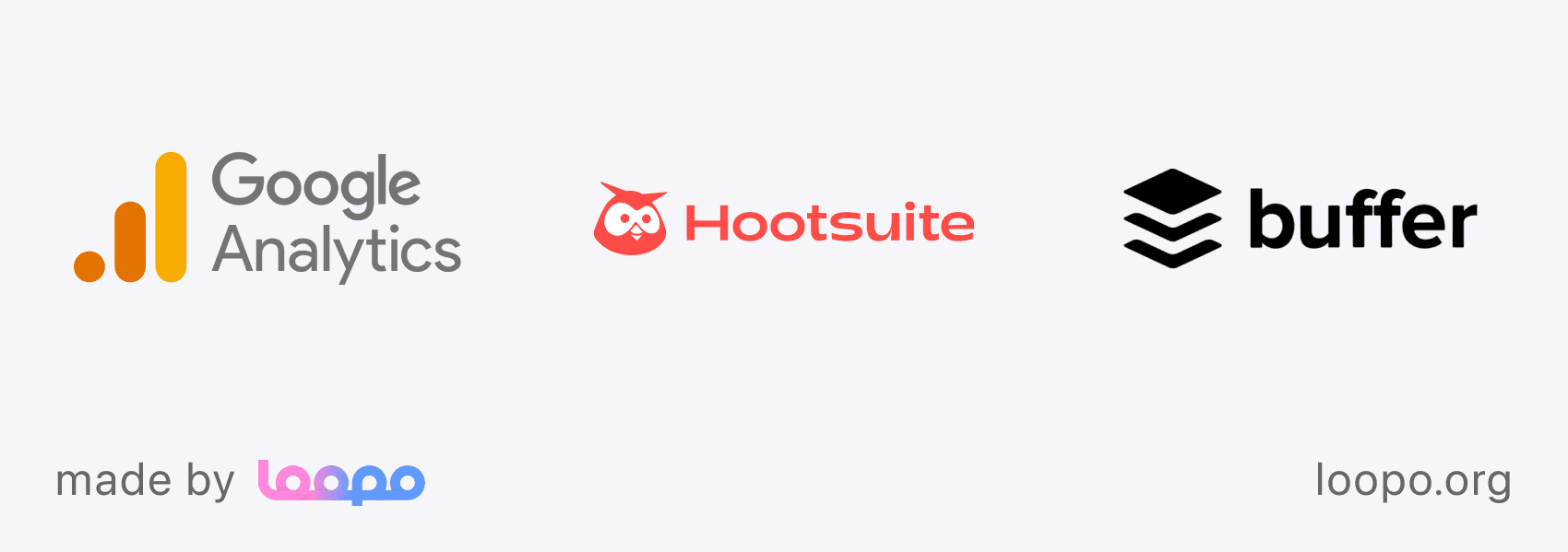
Google Analytics: It’s not just for websites! Use it to track social media traffic and impressions from different channels. It shows which social channels are the biggest traffic drivers. Why use it? If you want detailed insights into how social media impacts your website's performance, Google Analytics is your go-to. It tracks user behavior and even conversion rates from various platforms.
Hootsuite: This powerful tool provides analytics across multiple platforms. With its sleek dashboard, you can monitor impressions, engagement, and trends across all your social accounts in one place. You can easily see which posts generated the most impressions.
If you’re a larger brand or part of a team managing various channels, Hootsuite allows side-by-side performance comparisons. You can easily spot your top-performing posts and fine-tune your strategy.
Buffer: This scheduling tool also offers insights on post-performance, including impressions. You can track how your posts perform over time along with keeping your content consistent.
When is it suitable? If you’re a small to medium-sized brand looking to improve your social media game, Buffer is your friend. Its user-friendly interface makes it easy to spot trends and understand audience preferences.
Interpreting impression data to guide strategy
The social media impressions’ measures should not be wasted. Rather, their purpose is to become a comprehensive social media visibility strategy.
If data shows that image posts on Mondays drive the most traffic to your website, you can plan special announcements, promotions, or links to new content on Mondays. If you notice that your audience engages more with videos posted on Thursdays - tailor your strategy based on these insights. Not only can you schedule more video posts on Thursdays to capitalize on this pattern, but you could also experiment with posting at different times that day to find the exact engagement peak.
Namely, a tech company might see that their product demo videos receive over 5,000 impressions each time while infographics only hit 1,200. They decide to produce more video content, doubling their average impressions within two months.
Benchmarking performance and setting goals
Look at your previous impression social media and set realistic goals. How do your impressions stack up against industry standards? For instance, if your average post gets 2,000 impressions, but the industry average is 5,000, you have room for improvement.
Set clear goals based on this data. Aim for at least a 20% increase in impressions over the next quarter to ensure. If you currently average 3,000 impressions per post, that means targeting 3,600 impressions moving forward. Ambitious but still realistic goals will keep you focused and motivated.
Strategies to increase social media impressions
Everyone wants their content to shine among the competitors, to be seen by thousands—or even millions. If you struggle with making your brand visible, try out the following strategies:
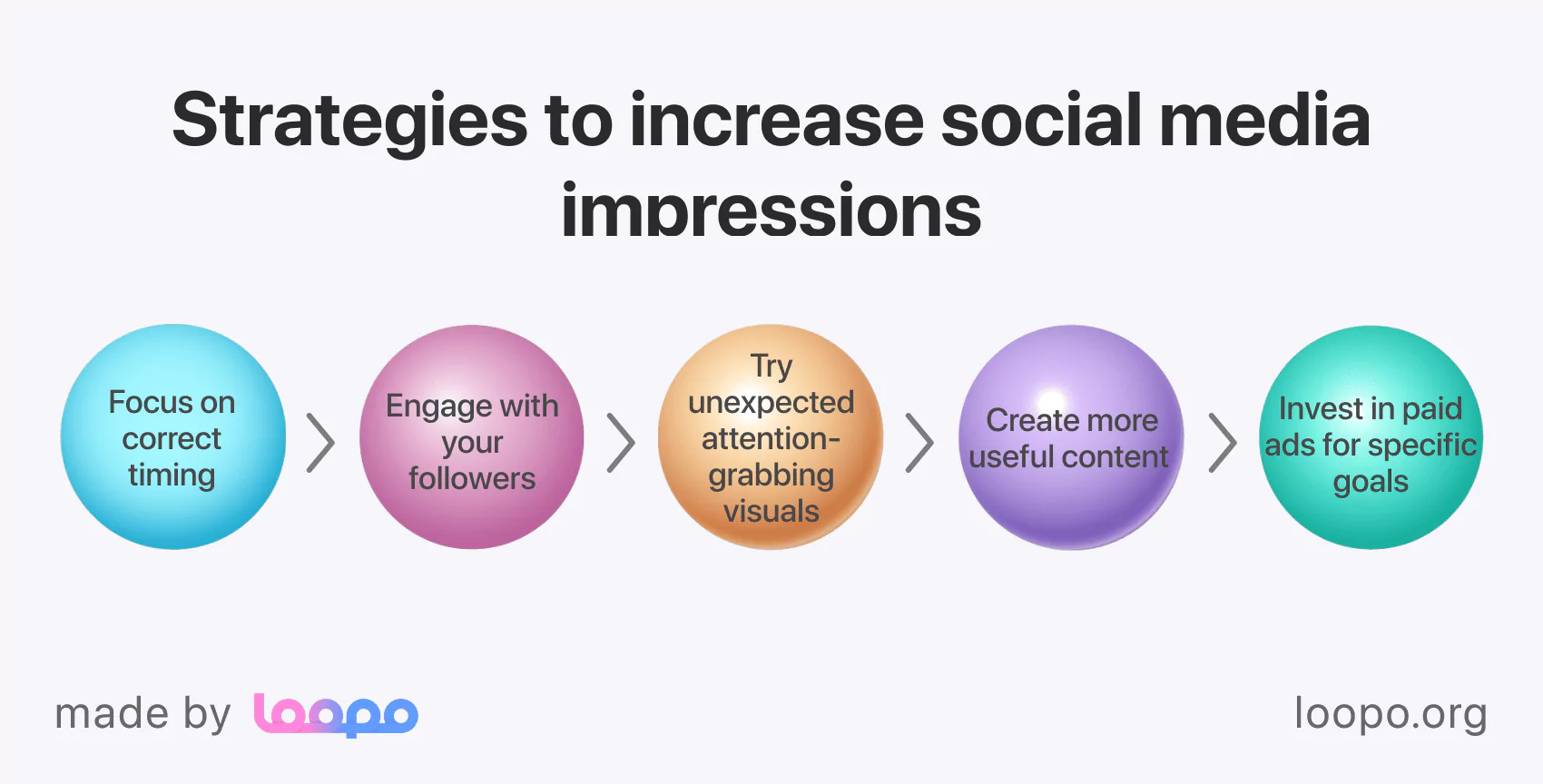
1. Focus on correct timing
People are often on social media around mealtimes and in the evening. Try posting between 8 a.m.–10 a.m. and 7 p.m.–9 p.m. If your audience spans multiple regions, adjust posting times for different time zones to boost global reach. Analyze engagement patterns—weekends can be powerful for specific industries, especially lifestyle or leisure brands.
Try posting at different hours each day for a month, and track which times get the best response. Keep experimenting with different times and keep track of what works best!
2. Engage with your followers
Respond to each comment with questions or follow-ups to create a discussion thread, boosting the post’s visibility. The more interactions, the more likely the post will continue circulating in feeds.
Additionally, employ polls, quizzes, and Q&As. Polls are quick to respond to and keep your content visible in stories, encouraging users to check back often. Quiz draws people in and keeps them engaged with your brand longer. Live sessions encourage direct interaction and increase impressions as viewers often share or re-watch the content.
3. Try unexpected attention-grabbing visuals
Tough times are for brave experiments. Use bright colors and bold designs to stand out. Eye-catching visuals tend to perform well in busy feeds. Adhere to consistent designs for posts and stories to make your brand instantly recognizable.
Consider quick, punchy videos to keep viewers’ attention and encourage replays. Test short-form videos with a captivating hook in the first three seconds—whether it’s humor, curiosity, or something visually unique.
4. Create more useful content
People love content that offers value. Aim to make your posts helpful and informative—guides, quick tips, or how-tos. Content that solves a problem or answers a question is highly shareable, which amplifies your social media impressions. Try adding infographics or step-by-step visuals that users can save for future reference, driving long-term engagement.
Even a single useful post can turn into an evergreen asset if it resonates. Consider repurposing high-performing posts into different formats, like turning a popular blog article into a carousel post or a list into a series of quick tips.
5. Invest in paid ads for specific goals
Commit to paid ads that target specific demographics, interests, or behaviors to maximize reach and impressions. Retargeting is particularly effective—reaching users who have already visited your website or engaged with past content keeps your brand top-of-mind.
With strategic ad placement, you’ll get your content in front of potential followers who are more likely to engage, leading to a steady increase in social media impressions.
Conclusion
So, what is an impression on social media, and why does it matter? In essence, social media impressions reveal how often your content is displayed to users. This measure is more than just a metric—it’s the foundation of your online presence, helping you understand and shape your brand’s visibility.
Now, equipped with impressions social media definition, you're ready to elevate your social media reach and connect more powerfully with your audience.
Need help? Connect with us today and explore how we can help drive impactful impressions across your social media channels!
